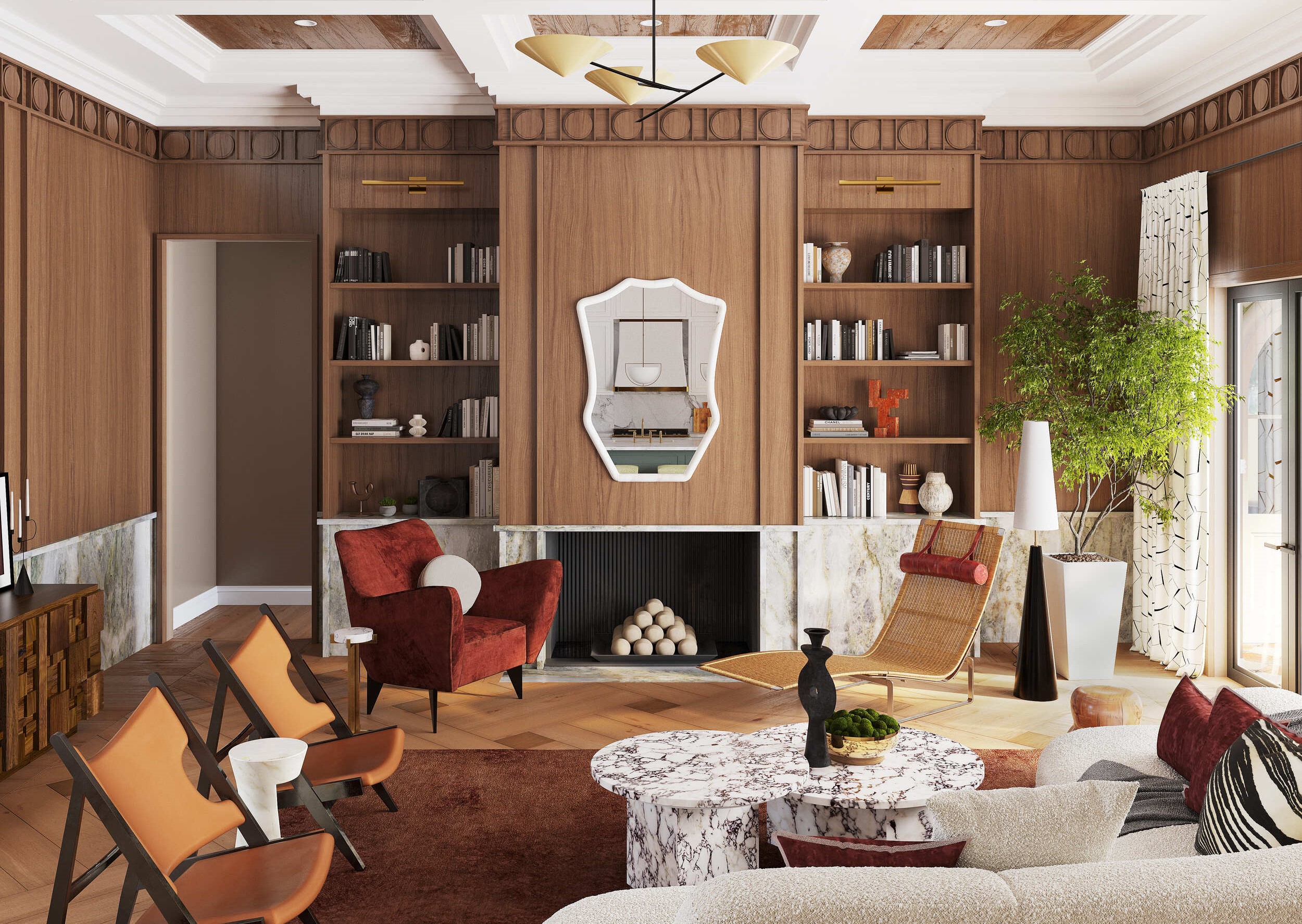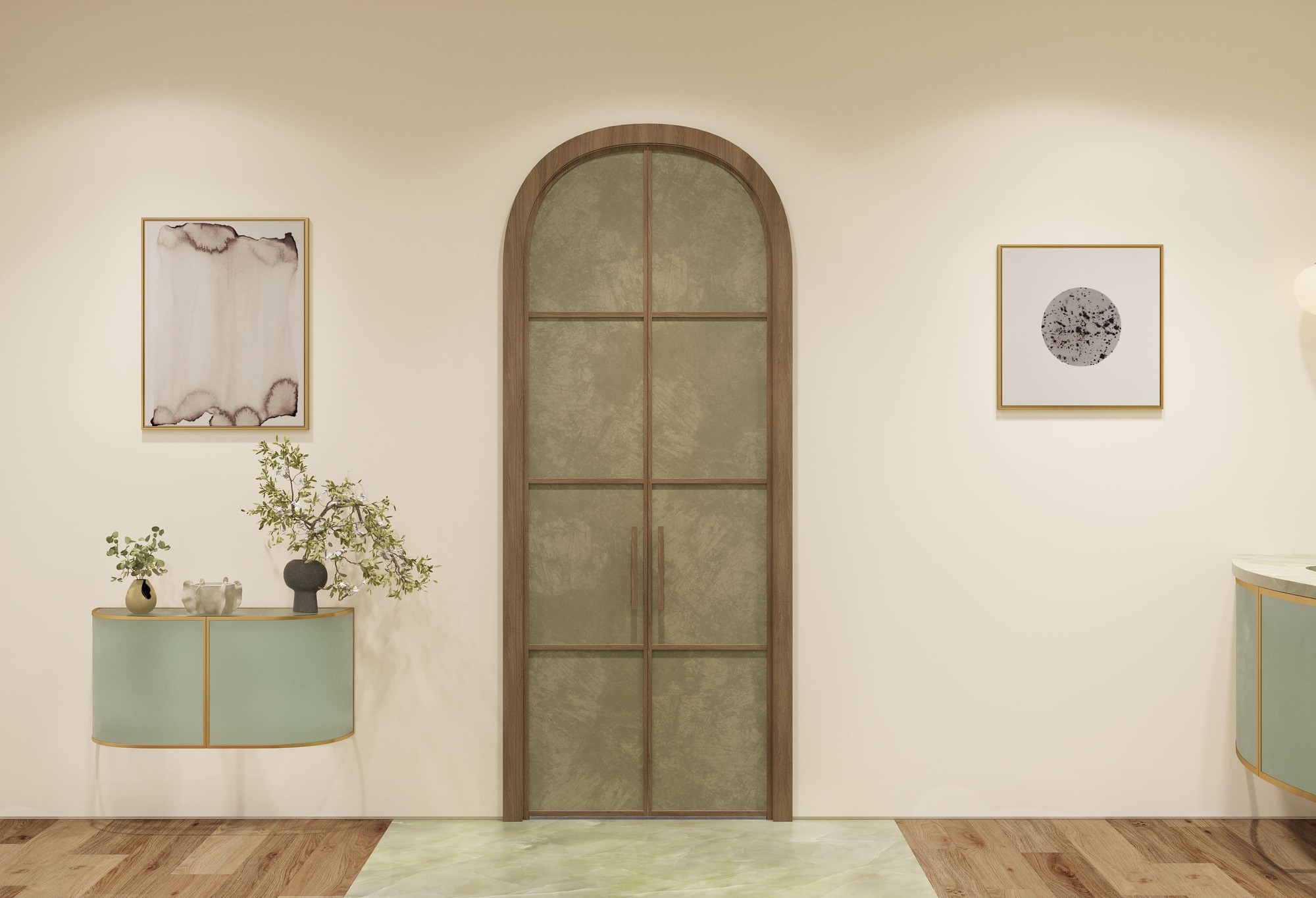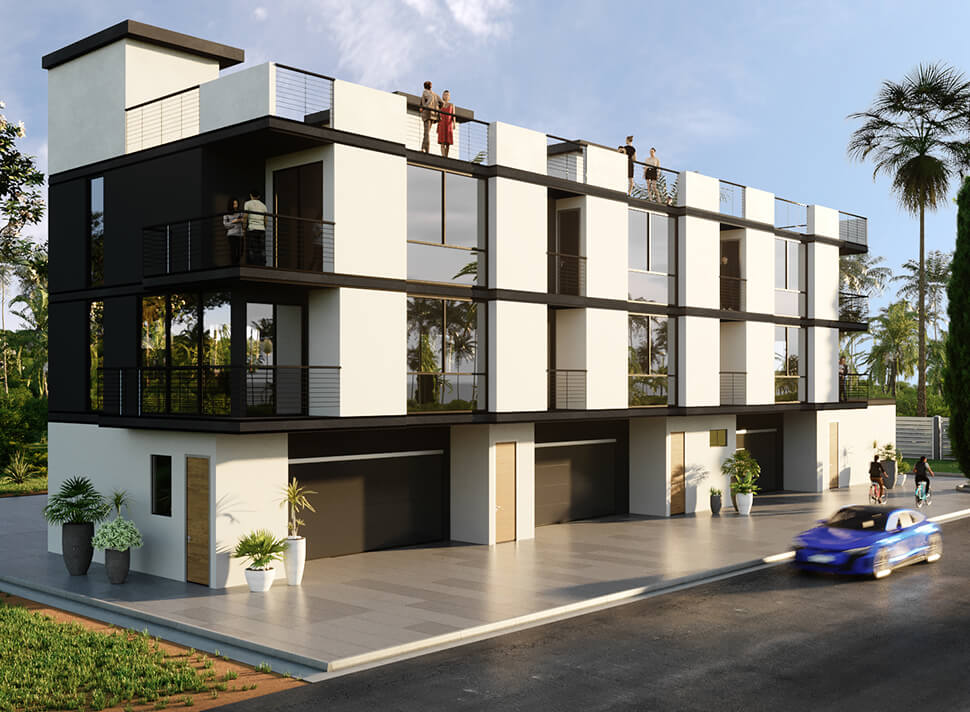3D Rendering: Transforming Product Visualization in Retail
In the dynamic realm of retail, the transformative power of 3D product renders has ushered in a new era of product visualization, fundamentally altering how consumers interact with products before purchasing. This article aims to dissect the intricate role of 3D Rendering in retail, shedding light on its profound benefits for enhancing customer engagement and the online shopping experience while delving into the technological advancements that have propelled this medium to the forefront of retail innovation.
Introduction to 3D Rendering in Retail
Integrating 3D Rendering into the retail sector represents a significant leap forward in how products are presented and experienced by consumers. Traditionally, the retail industry relied heavily on physical prototypes and 2D images to showcase products. This method often needed to be revised to convey the full scope of a product's features and aesthetic appeal. The advent of 3D rendering technology has dramatically shifted this paradigm, creating highly detailed and lifelike digital representations of products that can be viewed from any angle and in any setting.

Image from Yousee Studio
This technological advancement is not merely about producing high-quality images; it's about revolutionizing the customer experience. For instance, the furniture industry has seen a notable impact from 3D rendering technologies. Companies like IKEA have leveraged these tools to allow customers to visualize furniture in their homes through augmented reality (AR) apps, significantly enhancing decision-making. The ability to see how a piece of furniture fits in space before purchasing has improved customer satisfaction and reduced return rates, a testament to the practical benefits of 3D renders in retail.
Benefits of 3D Product Visualization
Enhanced Customer Engagement
The first and most immediate benefit of 3D product visualization is the significant enhancement in customer engagement. In an online shopping environment, the tactile experience of a product is absent, making the visual presentation crucial. 3D renders, with their ability to provide a 360-degree view, enable customers to explore a product in great detail, from the material's texture to how light reflects off its surface. This level of detail creates a more engaging and interactive shopping experience, encouraging customers to spend more time with the product and, ultimately, increasing the likelihood of a purchase.
A notable example is the automotive industry, where companies like Audi have implemented 3D configurators that allow customers to customize and view their cars in a highly detailed and interactive environment. This engages the customer and provides a sense of ownership and personalization of the product, further enhancing the buying experience.
Improved Online Shopping Experience
The impact of 3D Rendering extends beyond engagement, significantly improving the overall online shopping experience. With e-commerce becoming increasingly prevalent, the challenge of replicating the in-store experience online has become paramount. 3D renders address this challenge by providing customers an immersive and interactive way to view products. This is particularly evident in the fashion industry, where companies use 3D renders to showcase clothing and accessories dynamically and lifelike, allowing customers to visualize how the items would look in real life.
Moreover, using 3D renders in product customization tools has transformed the online shopping experience by giving customers the power to personalize products. This level of customization, combined with the high-quality visualization of 3D renders, makes the online shopping experience comparable to in-store shopping and, in some aspects, superior.
Technological Advancements in 3D Rendering
The evolution of 3D rendering technology has been pivotal in its adoption within the retail industry. The advancements in software and hardware have improved the quality of 3D renders and made the technology more accessible to retailers.
Latest Tools and Software
Developing sophisticated 3D rendering software has been a game-changer for the retail industry. Programs like Autodesk 3ds Max, Maya, and Blender offer powerful features for creating photorealistic renders, including advanced texturing capabilities, dynamic lighting effects, and realistic material simulation. These tools enable designers to create highly detailed and accurate representations of products, which are essential for effective product visualization in retail.

Image from Yousee Studio
Furthermore, integrating these software tools with cloud computing has significantly reduced the computational load on local hardware, enabling faster rendering times and creating more complex and detailed models. This has opened up new possibilities for retailers, allowing for the creation of large-scale 3D environments and complex product configurations previously unfeasible due to technical limitations.
Integration with AR/VR for Immersive Experiences
The most significant technological advancement in 3D Rendering is its integration with augmented reality (AR) and virtual reality (VR) technologies. This combination has paved the way for creating immersive shopping experiences beyond traditional online or in-store shopping. Retailers can now create virtual showrooms where customers can explore products in a fully immersive 3D environment, providing a level of interaction and engagement that was previously unimaginable.
For example, in the real estate industry, 3D Rendering combined with VR technology allows potential buyers to take virtual tours of properties, exploring every room and detail in a way that feels almost as real as physically being there. This enhances the buying experience and expands the market reach of real estate companies, as properties can be showcased to potential buyers anywhere in the world.
Challenges and Solutions in Implementing 3D Renders
Despite the numerous benefits and advancements in technology, implementing 3D Rendering in retail has challenges. Creating high-quality 3D models requires significant expertise and resources, and integrating these models into online platforms can be complex and time-consuming.
Technical and Resource-related Challenges
One of the main challenges in implementing 3D Rendering is the need for specialized skills and knowledge. Creating lifelike 3D models and renders requires a deep understanding of 3D modeling, texturing, lighting, and rendering techniques and proficiency in using complex software. This can be a significant barrier for retailers without in-house expertise in 3D Rendering.
The hardware requirements for creating and rendering high-quality 3D models can also be substantial. High-performance computers with advanced graphics capabilities are essential for rendering detailed models efficiently, representing a significant investment for businesses.
Strategies for Effective Implementation
To overcome these challenges, many retailers collaborate with specialized 3D rendering studios or freelancers with the necessary skills and resources. This ensures the quality of the 3D renders and allows retailers to focus on their core business activities while leveraging the expertise of 3D professionals.
Furthermore, adopting cloud-based rendering solutions can alleviate the hardware requirements for 3D Rendering, enabling retailers to render complex models without needing high-end local hardware. Cloud rendering services offer scalable computing resources, allowing for faster rendering times and the ability to handle large-scale projects efficiently.
In conclusion, the integration of 3D Rendering in retail represents a significant shift in how products are visualized and experienced by consumers. The benefits of enhanced customer engagement and improved online shopping experiences are clear, and the ongoing technological advancements in 3D Rendering and AR/VR are set to enhance these benefits further. However, successfully implementing 3D Rendering requires careful consideration of the technical and resource-related challenges, with collaboration and cloud-based solutions offering viable paths forward. As the retail industry continues to evolve, the role of 3D Rendering in shaping the future of retail is undeniable, offering exciting possibilities for both retailers and consumers alike.
Conclusion: Shaping the Future of Retail with 3D Rendering
The transformative impact of 3D Rendering on the retail industry cannot be overstated. As we have explored, integrating this technology has revolutionized product visualization and significantly enhanced the customer shopping experience, both online and in physical retail environments. The ability to interact with lifelike 3D product renders has bridged the gap between the tangible and digital worlds, providing customers with a level of detail and immersion previously unattainable through traditional 2D imagery.
The benefits of 3D Rendering extend beyond customer engagement, offering retailers innovative ways to reduce costs associated with physical prototyping and inventory while enabling a more dynamic and flexible approach to product marketing and customization. Integrating 3D Rendering with AR and VR technologies has expanded the possibilities, creating virtual spaces where customers can experience products in context, enhancing their ability to make informed purchasing decisions.
However, integrating 3D Rendering into retail is full of challenges. The technical complexity, resource requirements, and need for specialized skills are significant hurdles that retailers must navigate. Yet, the solutions to these challenges, including collaboration with 3D rendering professionals and leveraging cloud-based rendering services, highlight a path forward that many retailers are already successfully walking.

Image from Yousee Studio
The future of retail with 3D Rendering appears promising and essential. As consumer expectations continue to evolve towards more personalized and immersive shopping experiences, the adoption of 3D Rendering by retailers will likely become not just a competitive advantage but a necessity. The ongoing advancements in rendering technologies, coupled with the increasing accessibility of AR and VR platforms, suggest that we are only scratching the surface of what is possible in digital retail.
In conclusion, 3D Rendering is more than just a technological innovation; it is a pivotal element in the ongoing evolution of the retail industry. By embracing this technology, retailers can not only meet the changing demands of today's consumers but also shape the future of shopping in ways that continue to blur the lines between the physical and digital, creating experiences that are engaging, informative, and, ultimately, transformative.
Contact us at YouSee Studio for captivating 3D renderings and immersive virtual experiences.
Ray Lisbon is a content writer and the author of this article.



